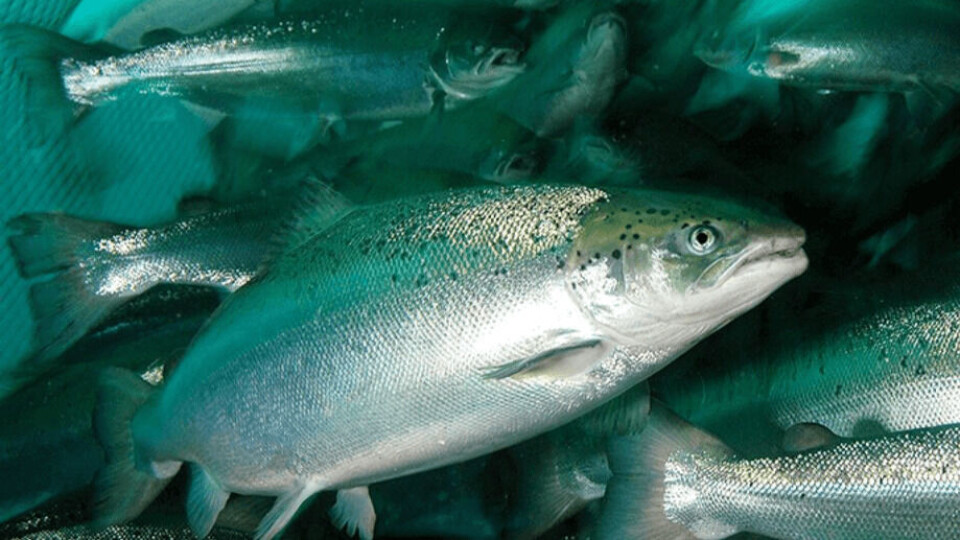
Russian farmed salmonid volume up by 8% in Q1
The volume of farmed salmon species harvested in Russia in the first quarter of this year increased by 2,000 tonnes (8%) to 25,200 tonnes compared to the same period in 2019.
The largest production volumes were in the regions of Murmansk (16,700 tonnes, up 200 tonnes) and Leningrad (5,100 tonnes, up 1,200 tonnes), according to Russian Fisheries.
Russia produced 90,800 tonnes of salmonids last year.
Overall aquaculture production, including brown algae, in Q1 2020 amounted to 112,800 tonnes, an increase of 38% on the 80,000 tonnes produced in Q1 2019.
The volume increase was due, respectively, to brown algae, invertebrates, cyprinids (carp), salmon and sturgeon. There was a small decline in volumes of cultured whitefish and other species.
- Brown algae 17,700t, an increase of 9,700t
- Invertebrates 23,000t, an increase of 7,900t
- Cyprinids 34,800t, up 7,700t
- Salmon 25,200t, up 2,000t
- Sturgeon 1,900t, up 1,400t
- Whitefish 400t, a reduction of 20t
- Other species 800t, down 10t




















































